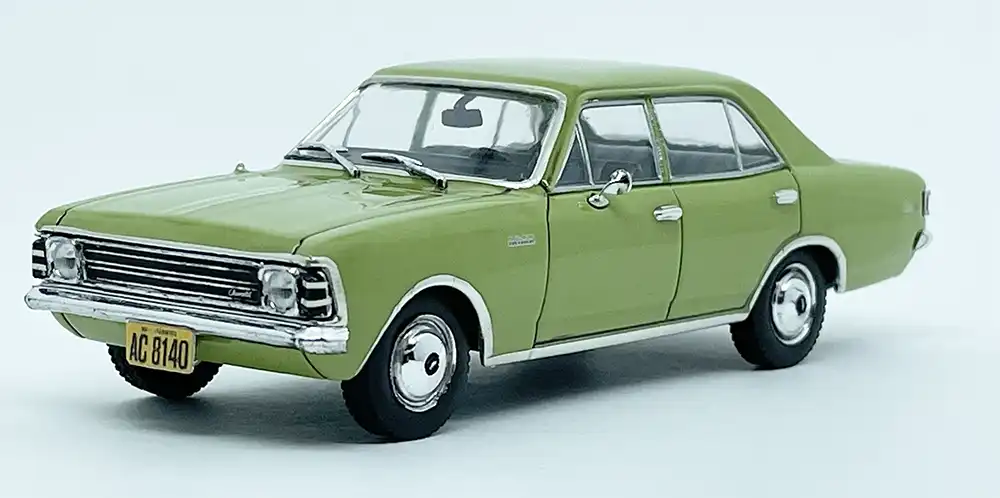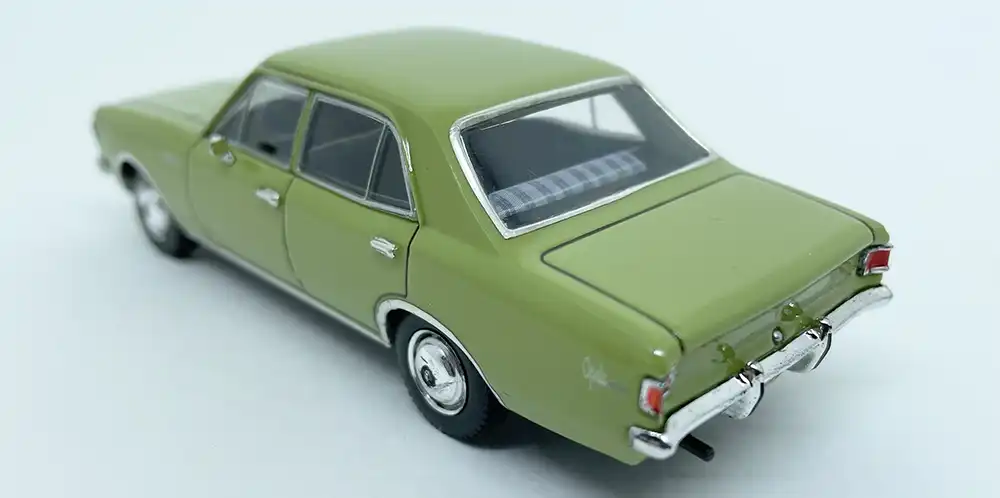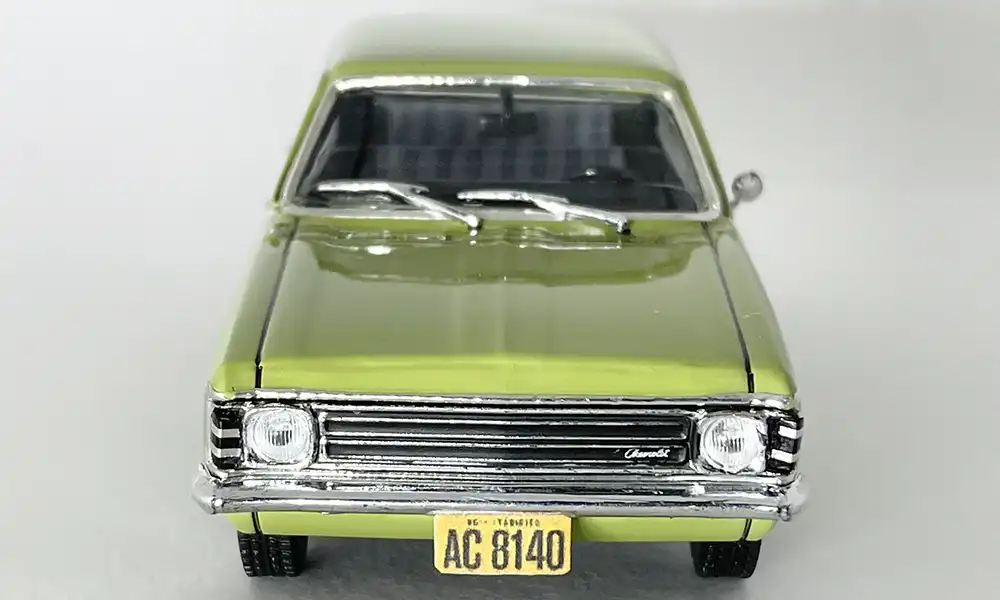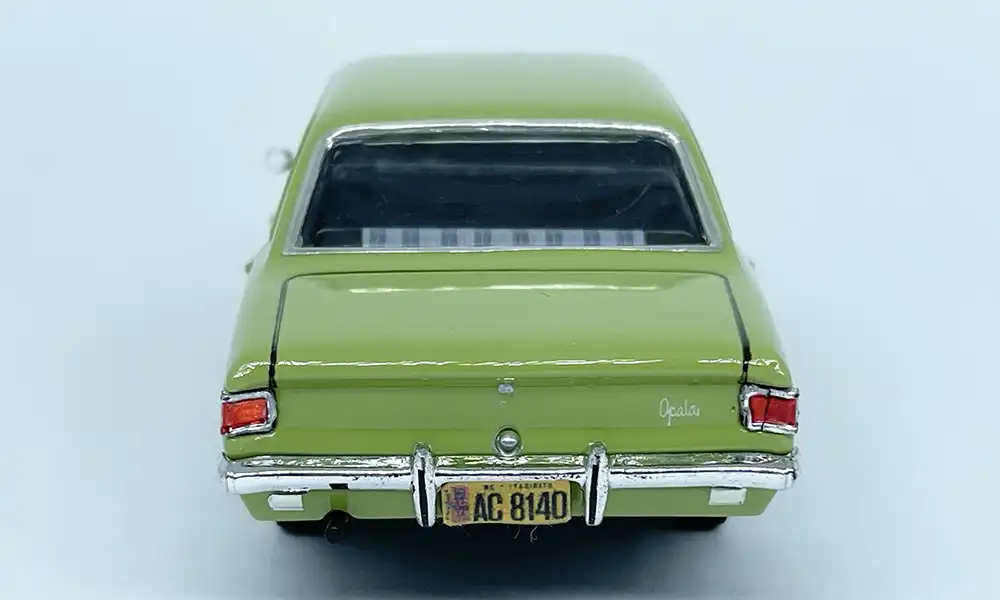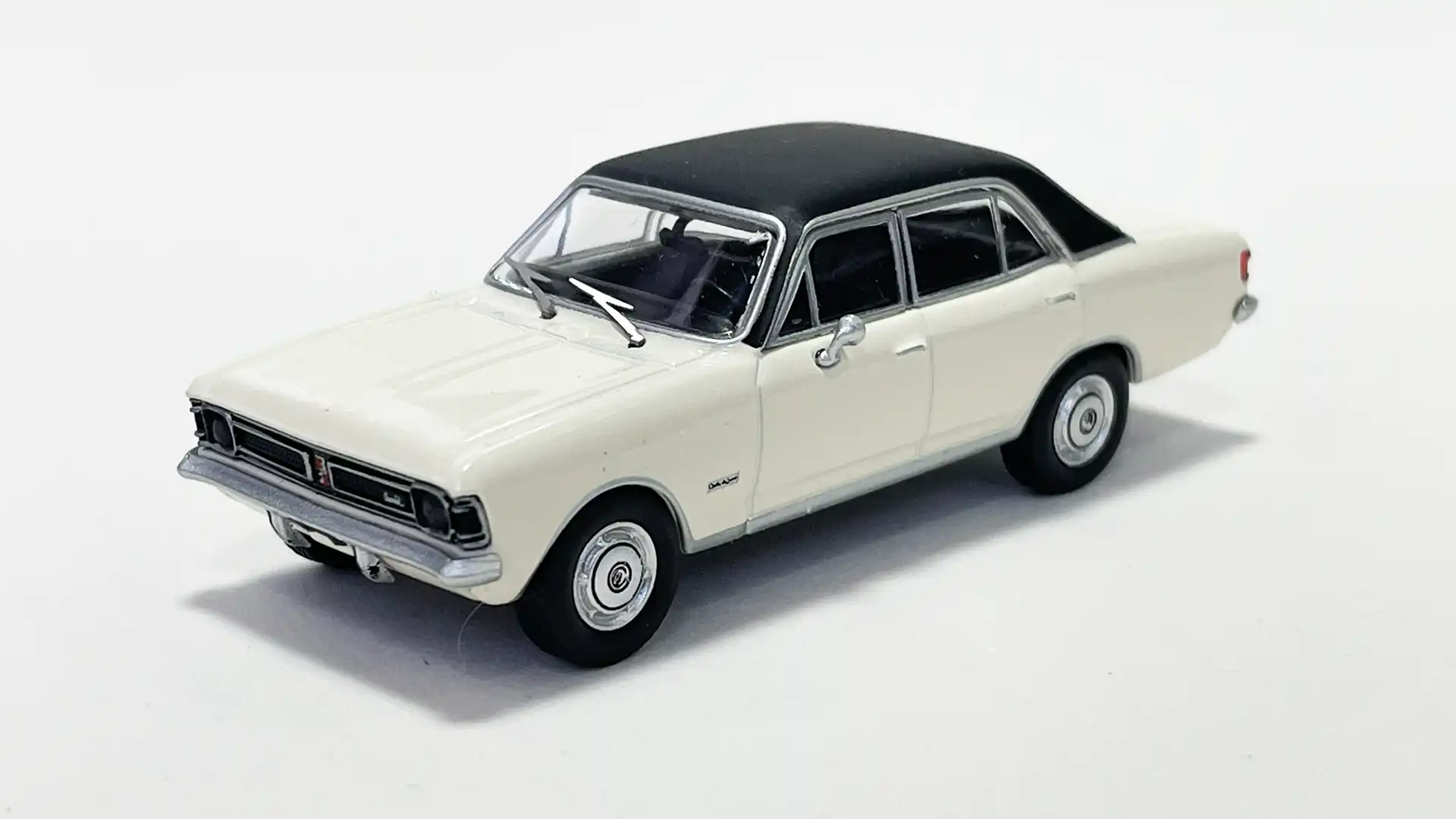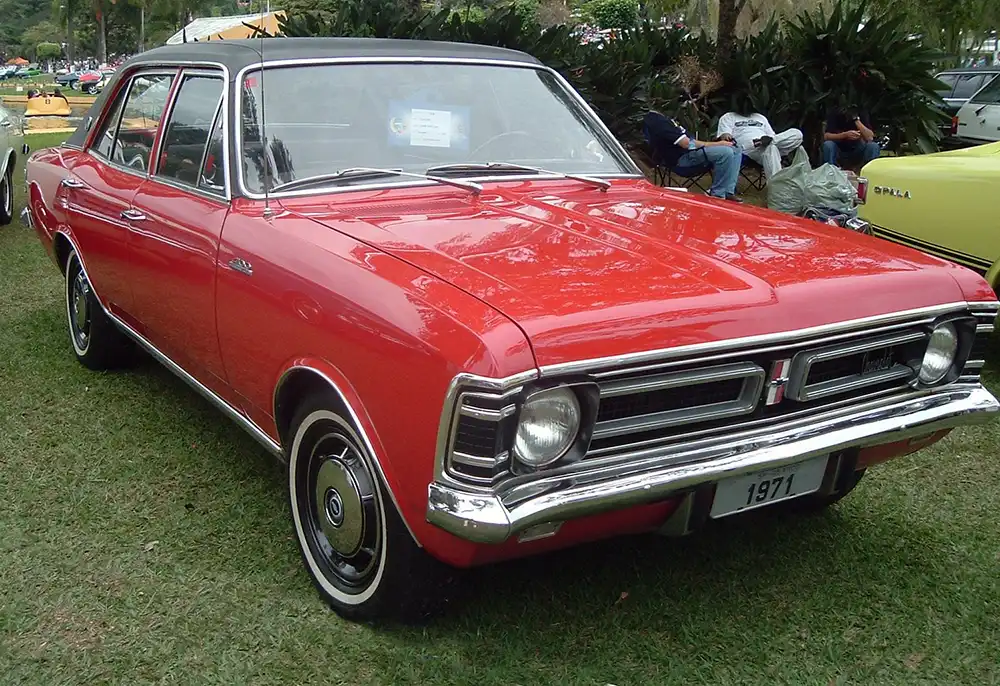
The Brazilian Chevrolet Opala is one of the most iconic cars in Brazilian automotive history. Its production and history are closely linked to the development of the automotive sector in Brazil. Here is an overview of its history.
The Chevrolet Opala was released by General Motors do Brasil during the 1968 São Paulo Motor Show. The model was inspired by the Opel Rekord C, a car of German origin, and the American Chevrolet Impala. Adaptations were made for the Brazilian market and it was quickly accepted by the public, becoming an established model.
Initially released only in a four-door version, it gained a coupe version in 1972, and a station wagon version in 1975. The station wagon version was called Caravan.
It was manufactured for 23 years. During this period, it did not undergo any major changes. It always maintained the same side design and engine, undergoing significant changes only at the front and rear. The Opala, in 1972, and the Caravan, in 1976, were elected Car of the Year by Brazilian “Autoesporte” Magazine.
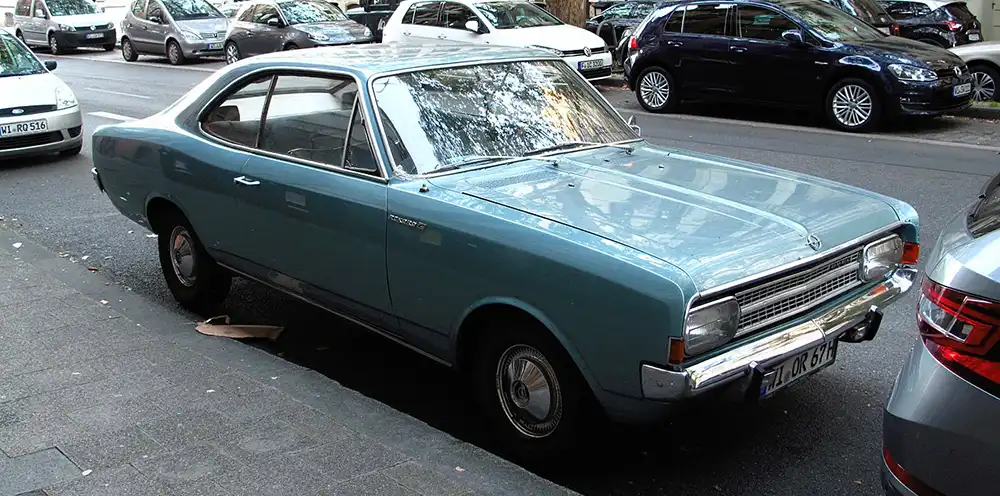
First years
- 1968 : The Opala began to be sold in Brazil. Available only in the four-door version, it stood out for its comfort, robustness and performance. Early models had 2.5-liter four-cylinder and 3.8-liter six-cylinder engines. They were also called Opala 2500 and Opala 3800, respectively. Like the Opel Rekord, the Opala had rear-wheel drive and four-wheel independent suspension.
- 1971 : The SS version is released with a 4.1-liter six-cylinder engine, which became one of the Opala’s most iconic engines due to its superior performance. This was the first version to move the gear stick from the steering wheel to the floor.
- 1972 – Release of the Opala coupé.
- 1975 – Release of the Caravan station wagon.
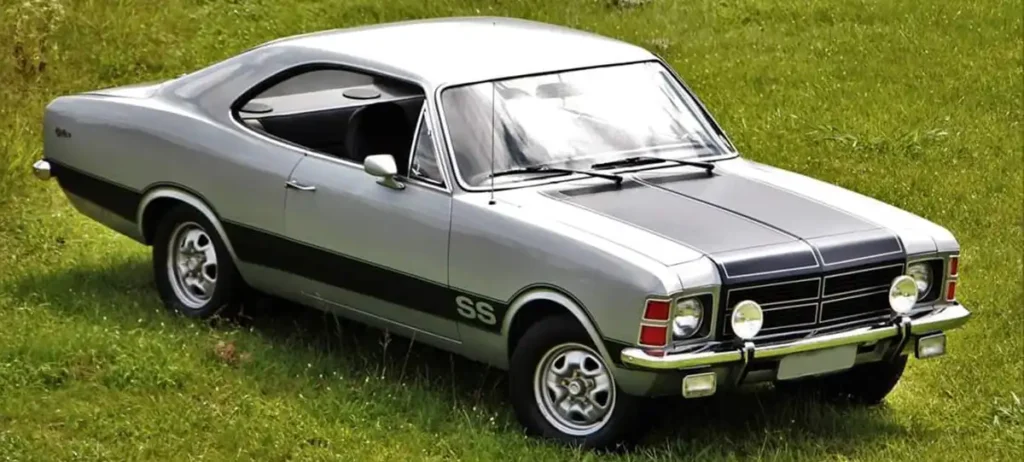
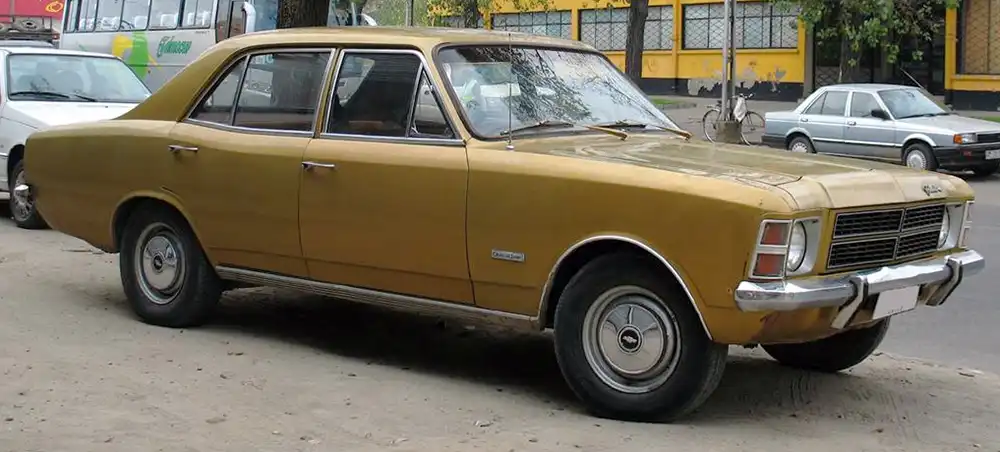
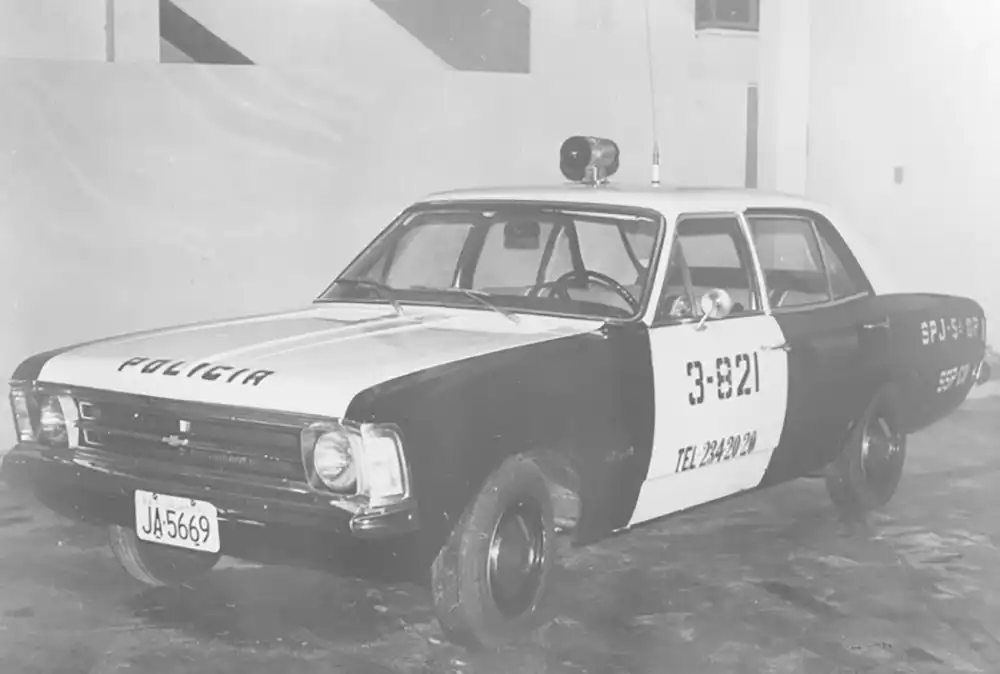
Evolution and Popularity
During the 1970s, the Opala began to gain popularity both among the general public and in automobile competitions. Sports models, such as the Opala SS, were released, reinforcing the car’s image as powerful and versatile. The arrival of the Opala Coupê and Caravan reinforced the line, bringing different options to the market.
80s: Consolidation and Innovations
- 80s : The Opala underwent several restylings, including improvements in mechanics and design. The line gained more luxurious versions, such as the Diplomat, which offered a high level of comfort and finish.
- 1988 : The introduction of electronic fuel injection in some models improved vehicle efficiency and performance.
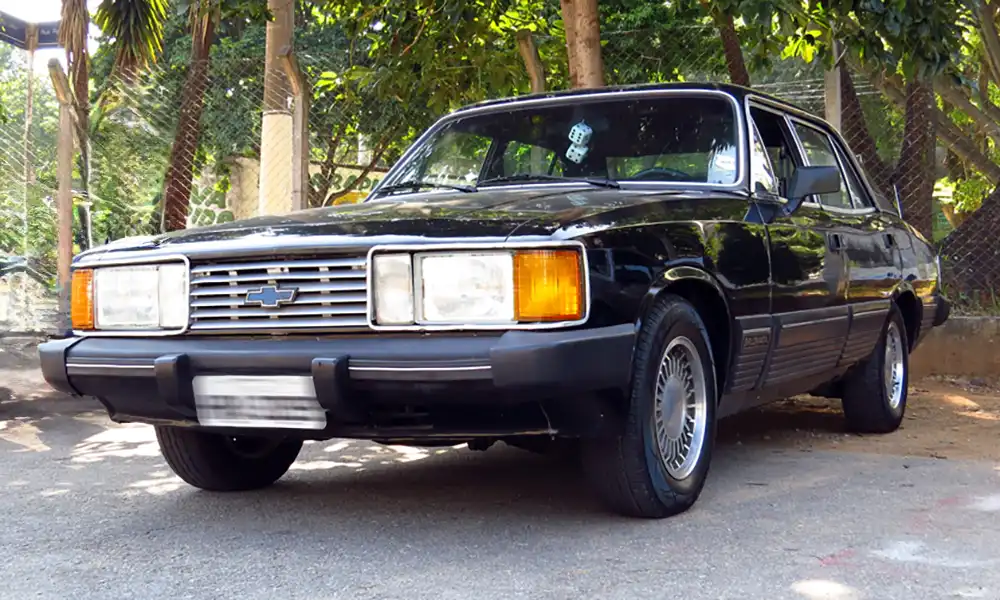
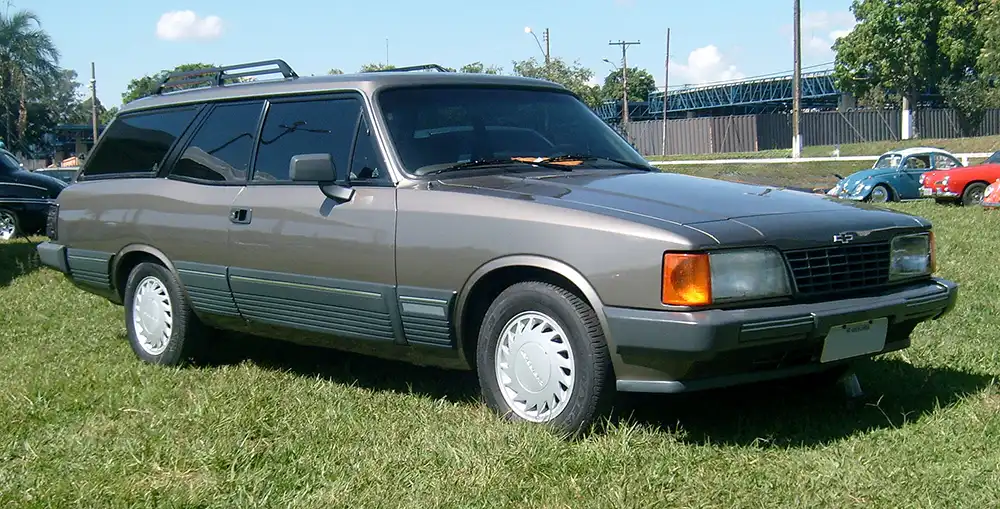
Decline and End of Production
- 1990s : Despite its continued popularity, competition increased, and the Opala’s design began to be considered outdated. The latest updates have been made to keep the car competitive.
- 1992 : Production of the Chevrolet Opala ended after 24 years. Throughout its production, more than one million units were sold, making it one of the best-selling cars in Brazilian history.
Legacy
The Chevrolet Opala left a significant legacy in the Brazilian automotive industry. It is remembered for its durability, performance and versatility, and was also a milestone in the history of General Motors in Brazil. Even after its production ended, the Opala continues to be a beloved car among collectors and car enthusiasts.
Miniatures
All miniatures belong to the author.
BRClassics Chevrolet Line 1/64
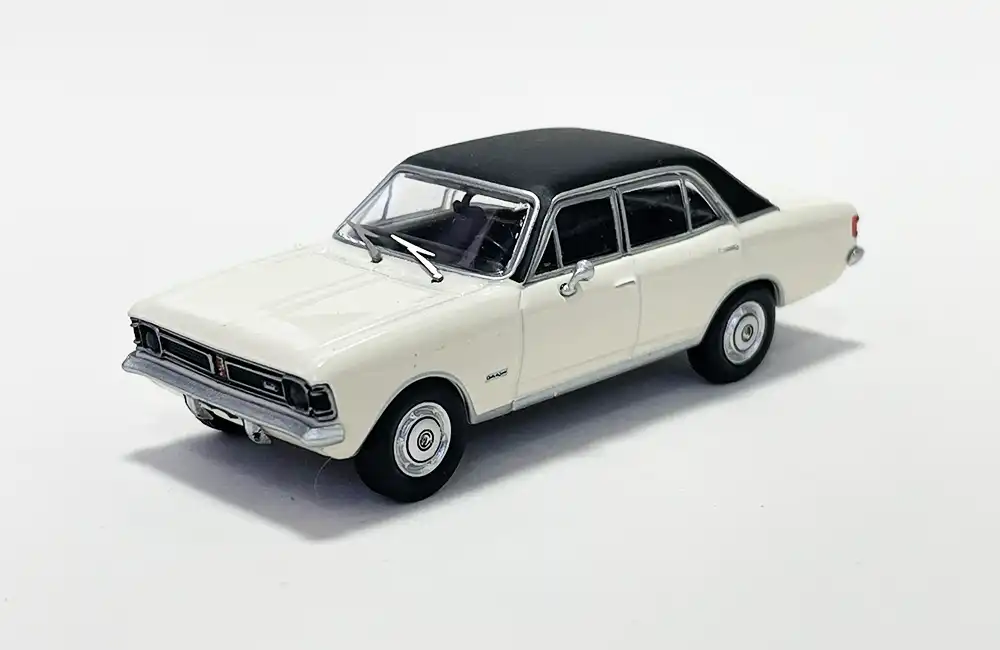
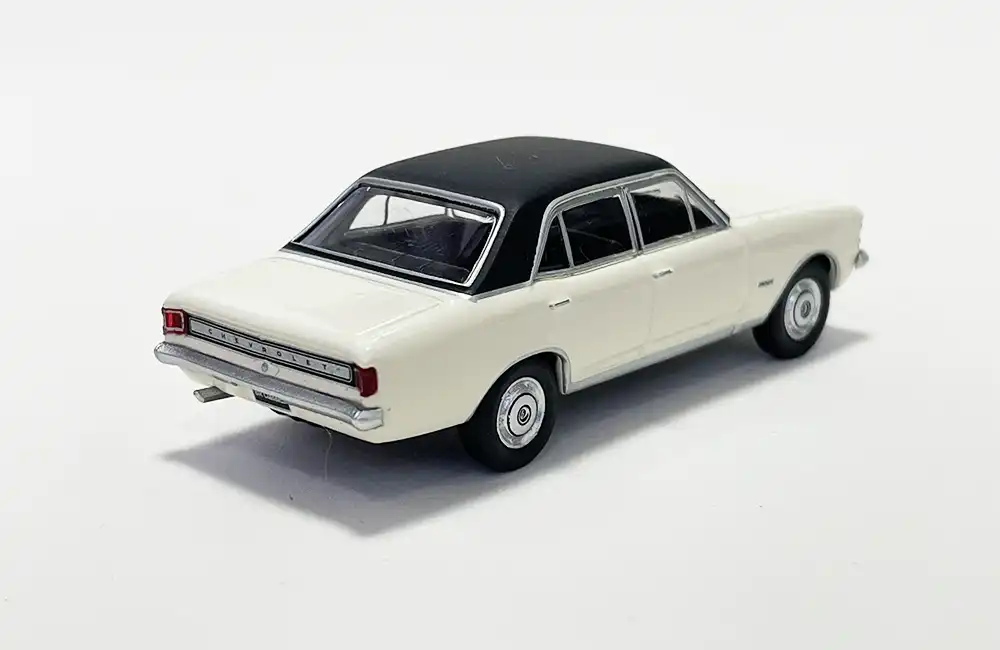
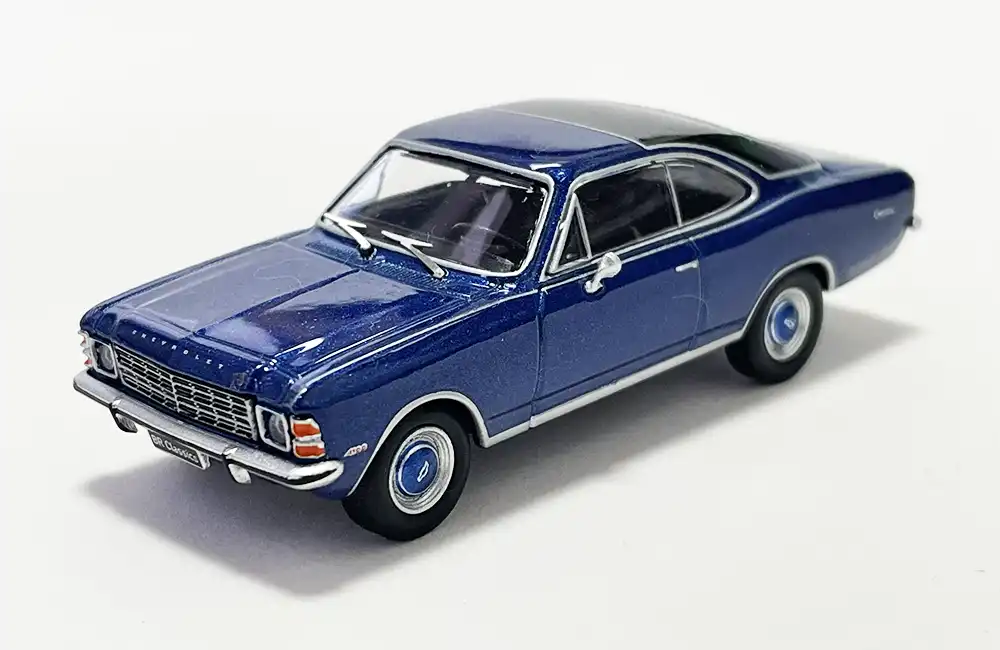
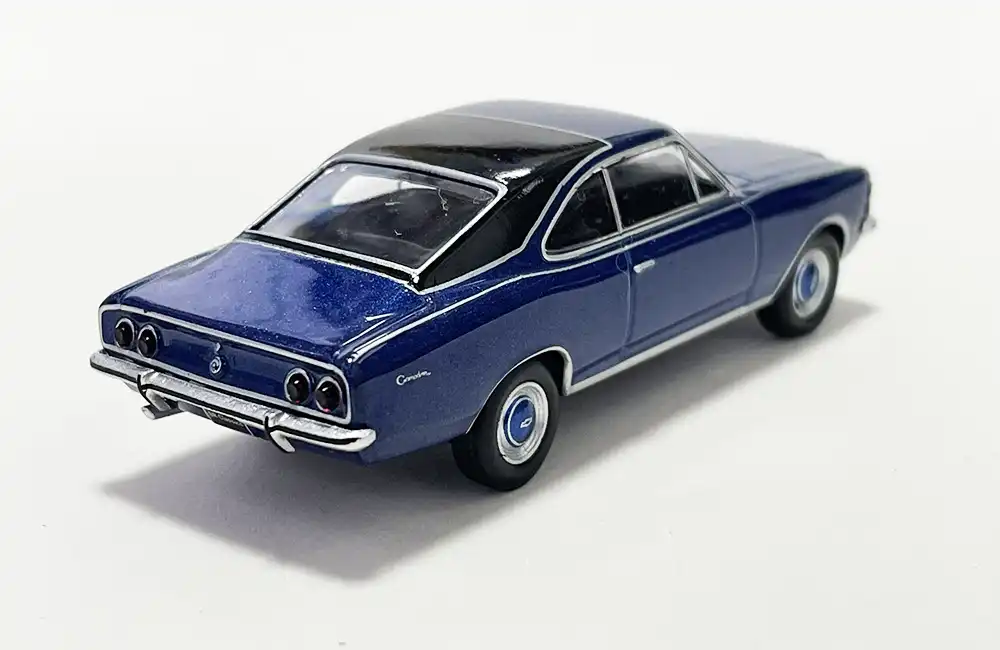
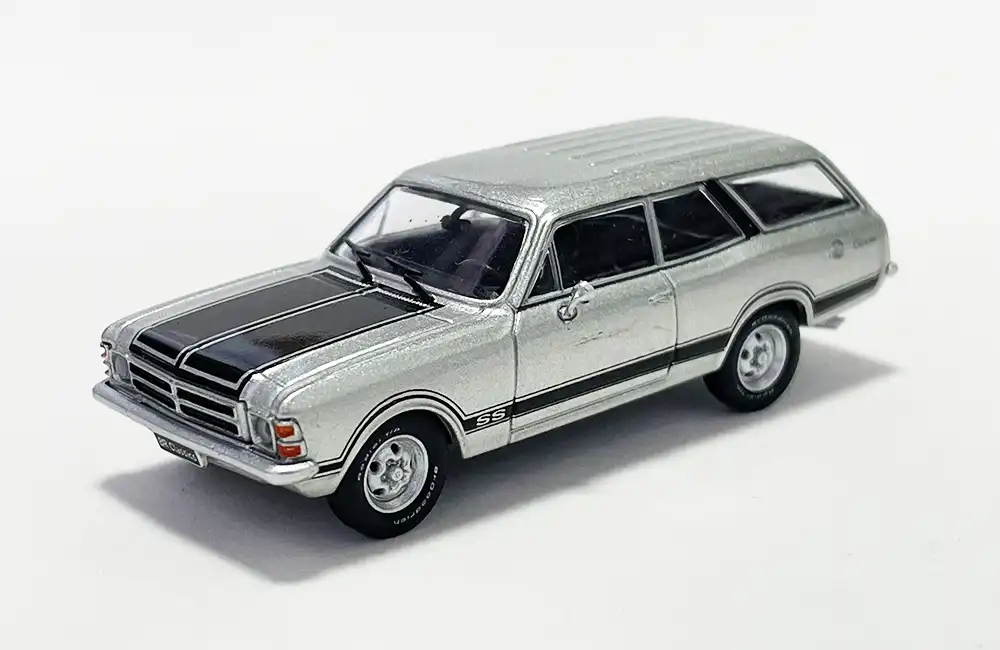
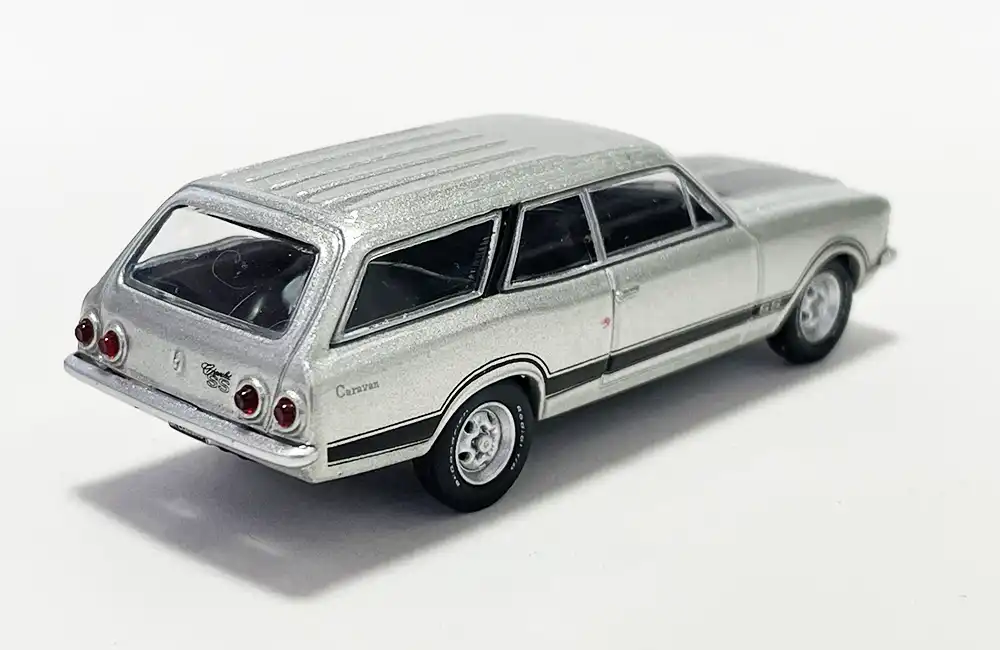
IXO 1/43
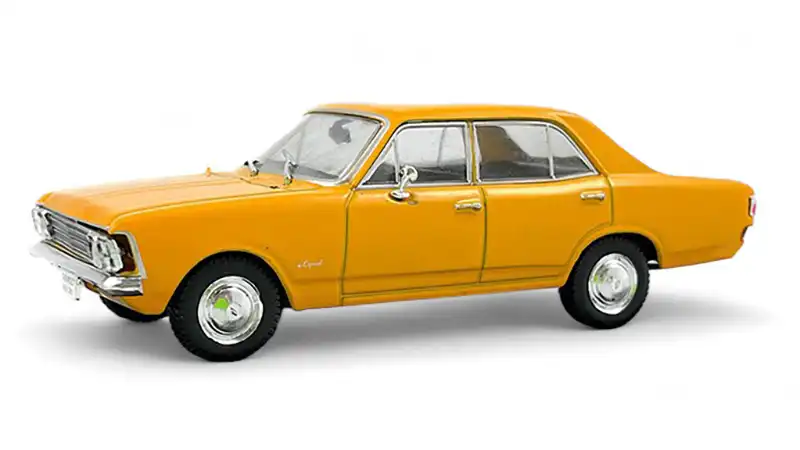
The miniature above has been customized. The photos below are of the customized miniature.
